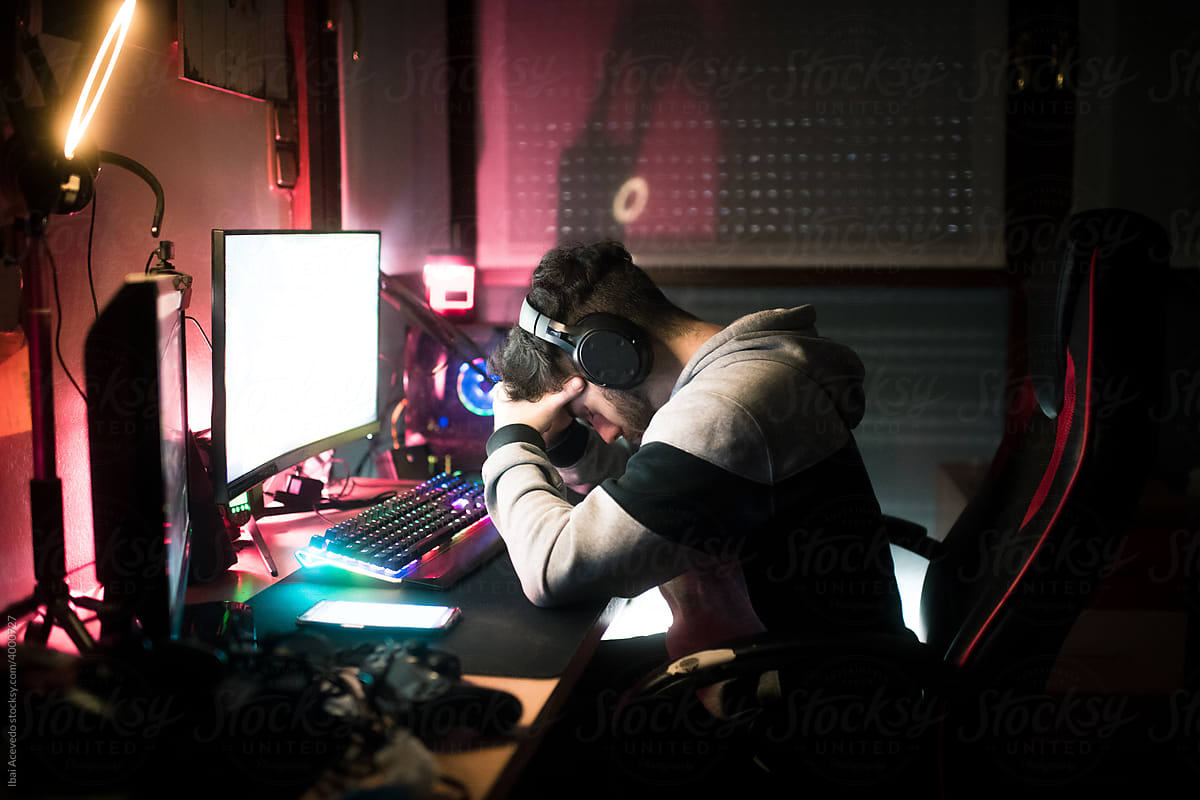I’ve recently ‘finished’ my first souls-like title, and I’ll admit – I started with Elden Ring, which, arguably, is one of the more accessible FromSoft titles out there and…I’ll be blunt. I’m tired of games confusing difficult with tedious. Somewhere along the way, difficulty appears to have stopped being clever design choices and started meaning cheap tricks.
Bloated health bars, unfair enemy swarms, and some “oops, you died, because we decided to add instant-kill traps you couldn’t have anticipated”. All these things are neatly dressed up as “challenge” and the online culture surrounding gaming difficulty doesn’t help. I’m sure you know the type; the “git-gud” crowd. Now – don’t get me wrong, I love a real challenge, even with an hours long learning curve.
Beating a tough boss or even outsmarting an encounter, or learning a tough system until it finally clicks – that feeling can hardly be described and games like Hunt: Showdown or even older games like Gothic 2 created real gaming magic with systems like that.
At a time when the year’s most popular release, Hollow Knight Silksong, is scaring players off for making its platforming and combat too difficult in certain sequences, this discourse must be addressed. Developers Team Cherry have already said they will address the difficulty issue in the game’s first patch.
This trend of creating artificial difficulty? For me, that’s just developers padding the runtime and pretending it’s an accomplishment.
Gaming Difficulty That Rewards Skill, Not Punish Patience
The best kind of difficulty makes you feel clever. I remember playing F.E.A.R for the first time and marveling at the different, clever ways a simple corridor became a death trap, because my enemies decided to flank me from an unforeseen angle.
I remember having to become clever with my resources and positioning in Gothic 2, because if you didn’t learn the different monster’s attack pattern, or failed to recognize, that you had a nigh-unstoppable beast in front of you, said beast would wipe the floor with you – that is clever design, that you can overcome, by being a good player and coming back prepared. You improve, you adapt, and when you finally win, It feels earned.
But then we got the lazy version of that. Enemies that suddenly soak bullets like a sponge, or bosses that one-shot you, no matter what you do. That for me isn’t a skill issue, that’s punishment disguised as an actual design choice.
The worst part about that is, it turns my favorite hobby into a grind. Instead of testing your mastery, it tests how long I’m willing to bang my head against a wall.
“Git Gud” Is Just Ego in Disguise
The elephant in the room isn’t the fact that companies like FromSoftware made a living out of creating – arguably – some of the most unfair games out there, that’s not the issue. Those games deserve to exist, but they DO exist, because of a cheap trick; appealing to gamers’ ego.
A lot of players wear this difficulty like a badge of honor, and more power to them. Beating Sekiro for example is no small feat, but when that pride, that ego turns into simple gatekeeping, that turns the whole conversation sour.
I’m sure you’ve heard it before, “If you want an easy mode, play Minecraft.” Give me a damn break. Now, Souls-Likes often have a different aspect I find intrinsically alluring, the lore, the world-building and their unique way of “piece your own story together” is simply great, but does that mean I have to enjoy going through the same misery time and time again?
Accessibility isn’t a Disability
Now, I know I will upset the dungeon-dwelling souls-fanatics, but bear with me: Let people play the game how they want.
If you want a brutal challenge? Crank the difficulty up to max, it doesn’t cheapen my gaming experience. If you just want to experience the story, fine. I’m sure you’re having fun. Everyone wins, I doubt anyone will lose. Want some examples of that being just the truest of truths?
Hades proved it. Celeste proved it. These games proved that accessibility options simply existing doesn’t cheapen the core-design the devs had in mind, they simply expanded it and made them accessible to a bigger crowd.
Meanwhile I’m perfectly sure that the industry will still cling to the myth of the “one true way” to play many games, but spoiler alert; that true way doesn’t exist.
Players already do whatever they want with their games, otherwise, how do you explain speedruns, lore dives and the inclusion of casual story modes? Pretending that’s not true is just outdated thinking.
So – What is The Real Enemy? For Me, It’s Bad Design
I will reiterate: I do not hate difficult games, I play quite a lot of them myself. But if your one and only design choice that makes you stand out is insane difficulty, that you can only master by rolling around the floor like a prick, then maybe your game just isn’t as interesting as you thought it would be. There’s a difference between a boss fight that pushes your limits (especially if the story makes said boss an emotional encounter, because, well, story), and a boss that feels like busywork.
For me, difficulty sharpens the game, keeps me on my toes and yes, surprises me at times – most games just fill the room with more enemies with the same idiotic AI, and adds 10 times the health pool to every encounter.
And maybe that’s the core of my issue with game design like that, because a challenge should make you want to play the game more, not quit in frustration until the next session, because your ego won’t let you just play something else instead. If a game drives players away in the name of their vision, maybe the vision wasn’t that strong to begin with?






